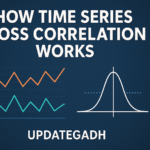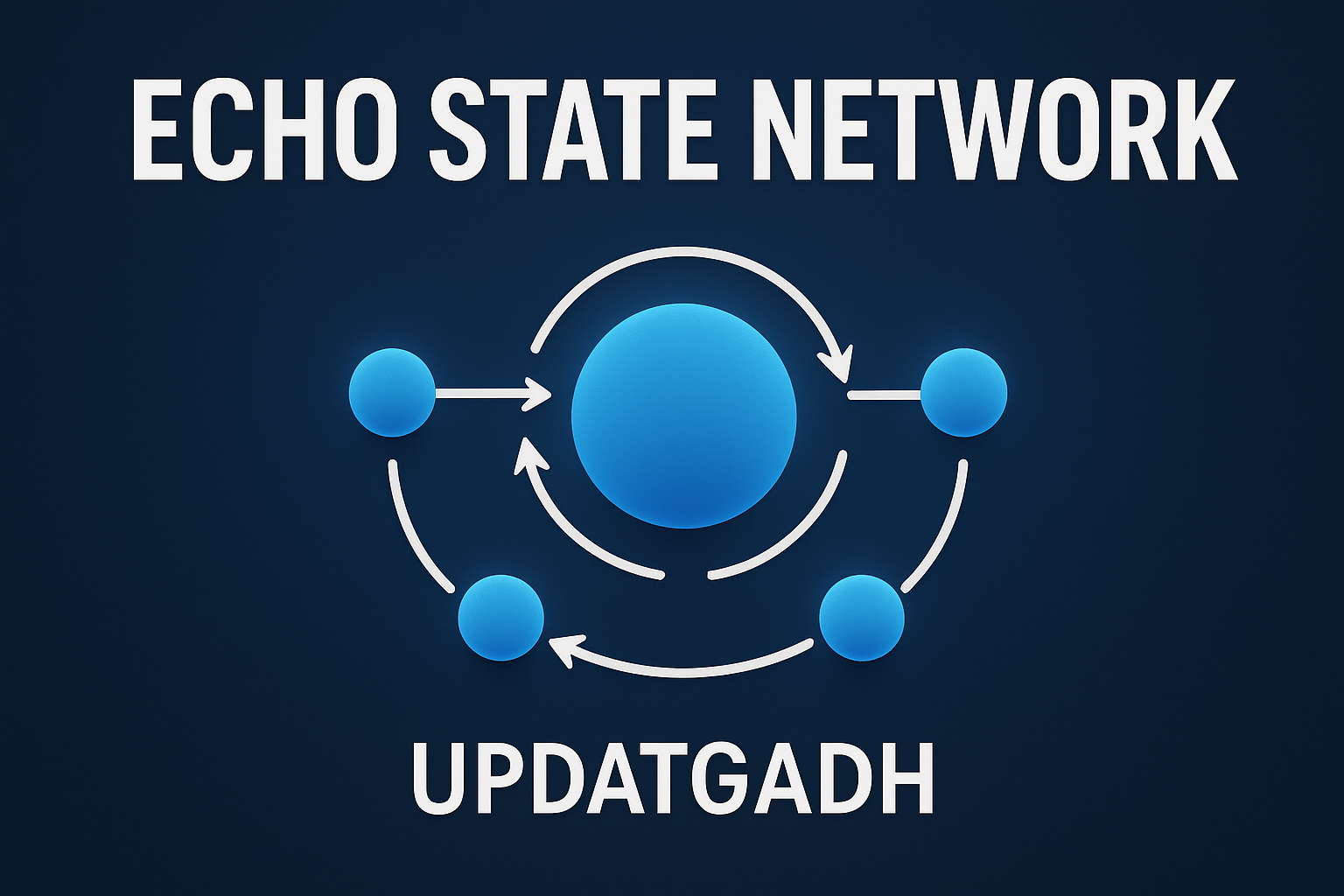

Neural Network vs Linear Regression
Neural Network vs Linear Regression
In the rapidly evolving world of data science and artificial intelligence, understanding foundational models is critical. Among the most widely used techniques in the machine learning ecosystem are Neural Networks and Linear Regression. Both serve distinct purposes and excel under different conditions. This article from UpdateGadh explores their structures, training methodologies, performance evaluation, and use cases to help you choose the right model for your needs.
Machine Learning Tutorial:-Click Here
Data Science Tutorial:-Click Here
Complete Advance AI topics:-CLICK HERE
DBMS Tutorial:-CLICK HERE
Introduction to Neural Networks and Linear Regression
Linear Regression is one of the earliest and most fundamental algorithms in predictive modeling.It seeks to demonstrate a linear relationship between one or more independent factors and a dependent variable.Its simplicity, efficiency, and ease of interpretation make it highly effective, particularly when the data relationship is linear.
In contrast, Neural Networks are inspired by the structure of the human brain. They consist of layers of interconnected nodes (neurons) that can capture non-linear and complex relationships in data. These models are capable of learning from large volumes of data and are widely used in modern AI applications like image recognition, language translation, and recommendation systems.
While linear regression is well-suited for straightforward problems with linear dependencies, neural networks are designed for complex, high-dimensional data and can model interactions that are beyond the reach of linear models. However, this increased power comes with the trade-offs of greater computational cost and reduced interpretability.
Model Architecture and Structure
Linear Regression: A Straightforward Line
Linear regression models rely on a simple equation:
y = β₀ + β₁x₁ + β₂x₂ + … + βₙxₙ + ε
Here:
yis the dependent variable,x₁ to xₙare independent variables,β₀ to βₙare coefficients,εis the error term.
Assumptions:
- The relationship between variables is linear.
- Errors are normally distributed and independent.
- Multicollinearity is low among features.
Neural Networks: Layers and Complexity
A typical neural network contains:
- Input Layer: Receives raw input features.
- Hidden Layers: Intermediate layers that transform inputs through weighted connections and activation functions.
- Output Layer: Produces final predictions or classifications.
- Activation Functions: Such as ReLU, sigmoid, and tanh, allow the model to learn non-linear patterns.
Information flows through the network via forward propagation, and weights are updated using backpropagation during training, using optimization techniques like gradient descent.
Training and Learning Processes
Training a Linear Regression Model
There are two major approaches:
- The sum of squared residuals is minimised via Ordinary Least Squares (OLS). Small to medium-sized datasets are a good fit for it.
- When dealing with vast amounts of data or when a closed-form OLS solution is computationally costly, gradient descent is an iterative optimisation technique.
Depending on the dataset size, you might use:
- Batch Gradient Descent
- Stochastic Gradient Descent (SGD)
- Mini-Batch Gradient Descent
Training a Neural Network
Neural network training includes:
- Initialization: Randomly initializing weights and biases.
- Forward Pass: Calculating predictions from inputs.
- Loss Calculation: Using loss functions like MSE or cross-entropy.
- Backpropagation: Computing gradients using the chain rule.
- Weight Update: Applying gradient descent using the learning rate.
- Epochs: Repeating the process over multiple cycles through the dataset.
Due to their complexity, neural networks typically require larger datasets, more computational resources, and well-tuned hyperparameters.
Performance Metrics and Evaluation
Evaluating Linear Regression
- R² (Coefficient of Determination): Measures the proportion of variance explained.
- Adjusted R²: Accounts for the number of predictors.
- Mean Squared Error (MSE) and Root MSE (RMSE): Quantify average squared prediction errors.
- Mean Absolute Error (MAE): Measures average absolute deviation.
- Residual Analysis: Detects patterns or anomalies in prediction errors.
- F-statistics and p-values: Evaluate model significance.
- Variance Inflation Factor (VIF): Identifies multicollinearity.
Evaluating Neural Networks
- Accuracy: For classification tasks.
- Loss Functions: Such as cross-entropy for classification, MSE for regression.
- Precision, Recall, F1-score: Useful for imbalanced datasets.
- Confusion Matrix: Provides a breakdown of true and false predictions.
- ROC Curve & AUC: Measure classification performance across thresholds.
- Cross-Validation: Enhances generalization by testing on multiple data splits.
- Regularization: Techniques like L1, L2, dropout to prevent overfitting.
Comparative Analysis: When to Use What
Choose Neural Networks When:
- Data is Non-Linear: Neural networks excel in modeling complex patterns.
- Data is Large and High-dimensional: Suitable for image, text, or audio.
- Feature Engineering is Limited: Networks can learn features automatically.
- Advanced Applications Are Needed: Such as computer vision, NLP, or speech recognition.
- Real-Time Learning is Required: For adaptive systems like dynamic pricing or autonomous navigation.
- Multi-modal Data Exists: Neural networks can process different data types simultaneously.
Choose Linear Regression When:
- Model Interpretability is Crucial: Ideal for domains where insights matter, like finance or healthcare.
- Data is Small or Medium-sized: Performs well without requiring large datasets.
- Relationships are Linear: Best when dependencies are proportional.
- Quick Results are Needed: Linear regression trains and predicts rapidly.
- Fewer Hyperparameters are Preferred: Easier to implement and tune.
- Overfitting Needs to Be Avoided: Simpler models generalize better with limited data.
- Baseline Comparisons Are Needed: Serves as a benchmark for more complex models.
Complete Python Course with Advance topics:-Click Here
SQL Tutorial :–Click Here
Download New Real Time Projects :-Click here
Final Thoughts
Both Neural Networks and Linear Regression have unique strengths. The choice between them depends on the problem you’re solving, the nature of your data, and your goals in terms of performance, interpretability, and resources.
If you’re exploring AI-driven, high-dimensional problems like facial recognition, neural networks are your go-to. But if you’re working on a budget-constrained, insight-driven task with straightforward data, linear regression remains a solid, trustworthy tool.
For more in-depth comparisons and tutorials on data science and AI, stay tuned with UpdateGadh—your trusted source for clear and practical knowledge in tech.
is linear regression neural network
neural network regression
linear regression neural network pytorch
perceptron vs linear regression
logistic regression vs neural network
convolutional neural network
neural network regression example
linear regression vs deep learning
neural network vs linear regression example
neural network vs linear regression python
neural network vs linear regression in ai
neural network vs linear regression geeksforgeeks










Post Comment